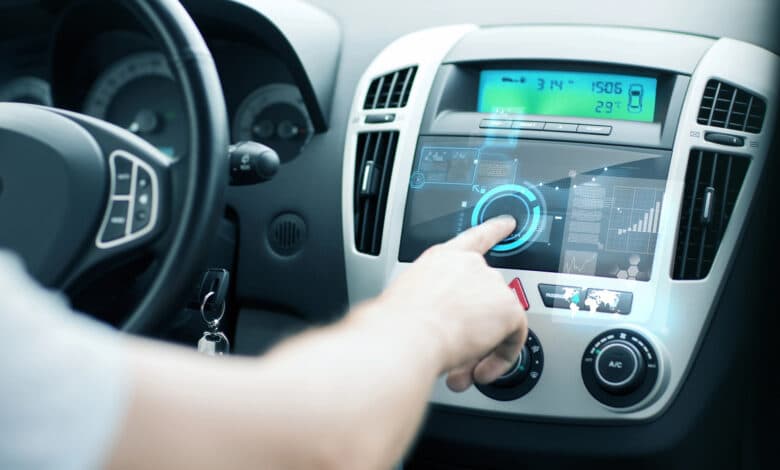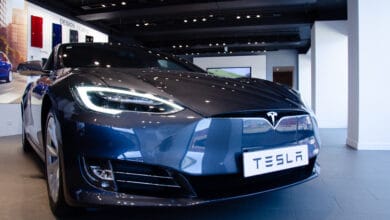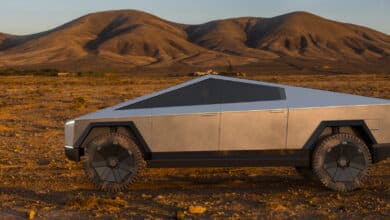
More and more car manufacturers are moving away from physical buttons in the vehicle. Instead, touch surfaces are increasingly being used. From the point of view of those responsible for the renowned Euro NCAP crash test, this is not a good development. Now the organization for vehicle assessment is warning manufacturers of a downgrade.
Euro NCAP wants a return to physical buttons
Anyone currently replacing their car built in the 1990s with a modern model is likely to be surprised. A lot has changed, especially in the interior. Clunky car radios with cassette decks, for example, have given way to sleek multimedia displays that shine in a handsome blaze of color. However, the change is also associated with a major change in operation. More and more manufacturers are opting for almost pure touch operation. And not just for multimedia displays. Even steering wheels are increasingly equipped with buttons that are not physically operated but respond to touch inputs.

The most recent example is the facelift of the Hyundai Ioniq 5, which the car manufacturer has made available on its Korean website. In the latest version, the manufacturer is saying goodbye to physical buttons on the steering wheel and replacing them with pure touch buttons. However, the brands could soon row back again. The reason for this is a real threat from the Euro NCAP assessment organization. It sees the touch-only controls as a real accident risk and is threatening to downgrade them if they do not row back. This is according to a post on LinkedIn by Matthew Avery, Director of Strategic Development at Euro NCAP.
However, Avery clearly does not have the touch buttons on steering wheels in mind, which are often pressed by mistake. Instead, he is referring to manufacturers who only make core functions accessible via the main display. This is clearly a nod in the direction of Tesla. In the meantime, the US manufacturer has built the circuitry into the display itself. But other manufacturers are also following this trend. The risk lies in the fact that the driver has to shift their gaze from the road to the display and thus loses focus on what is important. Rear-end collisions can be the result.
Too much technology is not good either
To speak of a real threat, however, would be a little exaggerated. Rather, Euro NCAP apparently wants to give manufacturers time to prepare for the new requirements that will apply from 2026. The tests will then require, for example, that the most important functions can be activated via a physical button. The organization also gives examples of functions that require their own button. In addition to the hazard warning lights, windshield wipers and horn, the turn signal is also mentioned. Here too, many people will be thinking of Tesla.

Although the manufacturer may have redesigned its controversial “Yoke” steering wheel with a new, large horn button, there is unfortunately no longer a lever for activating the turn signal. We are curious to see what impact the “threat” of the rating organization will have on the manufacturers. What is certain is that they are right that there is a risk in the excessive use of multimedia displays. Sometimes you get the feeling that this type of operation is already one step ahead of the times. Instead, it would feel more natural in a world of fully autonomous driving.



